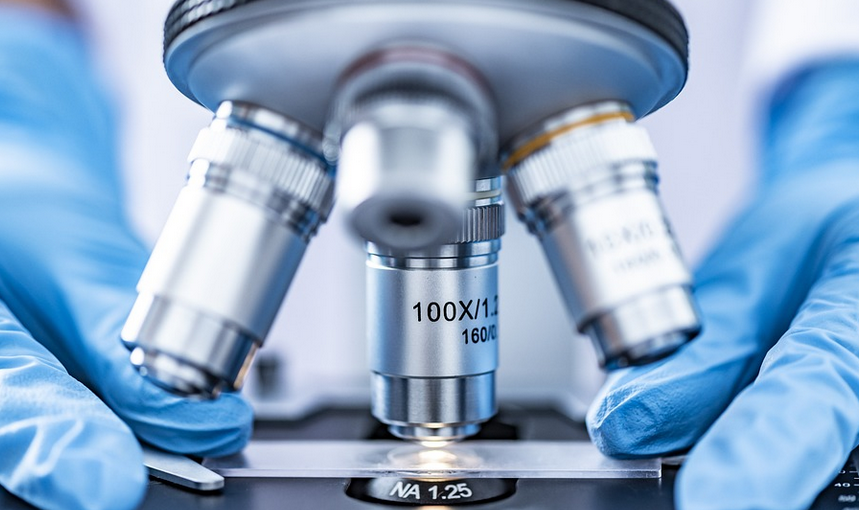What is Lactose and Lactase?
Lactose is a type of sugar found in milk and dairy products. It is made up of two smaller sugar molecules called glucose and galactose. Lactase, on the other hand, is an enzyme produced by the small intestine that breaks down lactose into glucose and galactose for absorption into the bloodstream.
What Happens When Lactose is Not Broken Down?
Some people are lactose intolerant, which means that their bodies do not produce enough lactase to break down the lactose they consume. When lactose is not broken down, it remains in the digestive system and can cause uncomfortable symptoms such as bloating, gas, and diarrhea.
The Lactose and Lactase Reaction Diagram
When lactose is broken down by lactase, it goes through a chemical reaction that results in the production of glucose and galactose. The reaction can be represented by the following diagram:

How Does Lactase Break Down Lactose?
Lactase breaks down lactose by breaking the bond between the glucose and galactose molecules. This process requires the presence of water and results in the production of glucose and galactose.
What Factors Affect the Lactose and Lactase Reaction?
Several factors can affect the lactose and lactase reaction, including pH, temperature, and the concentration of lactose and lactase. For example, lactase works best at a slightly acidic pH of around 6.5. Higher or lower pH levels can reduce the enzyme’s activity and slow down the reaction.
Conclusion
Understanding the lactose and lactase reaction is important for people who are lactose intolerant and for those who want to learn more about the chemistry of milk and dairy products. By breaking down lactose into glucose and galactose, lactase allows the body to absorb the nutrients found in milk and dairy products without experiencing uncomfortable symptoms.

